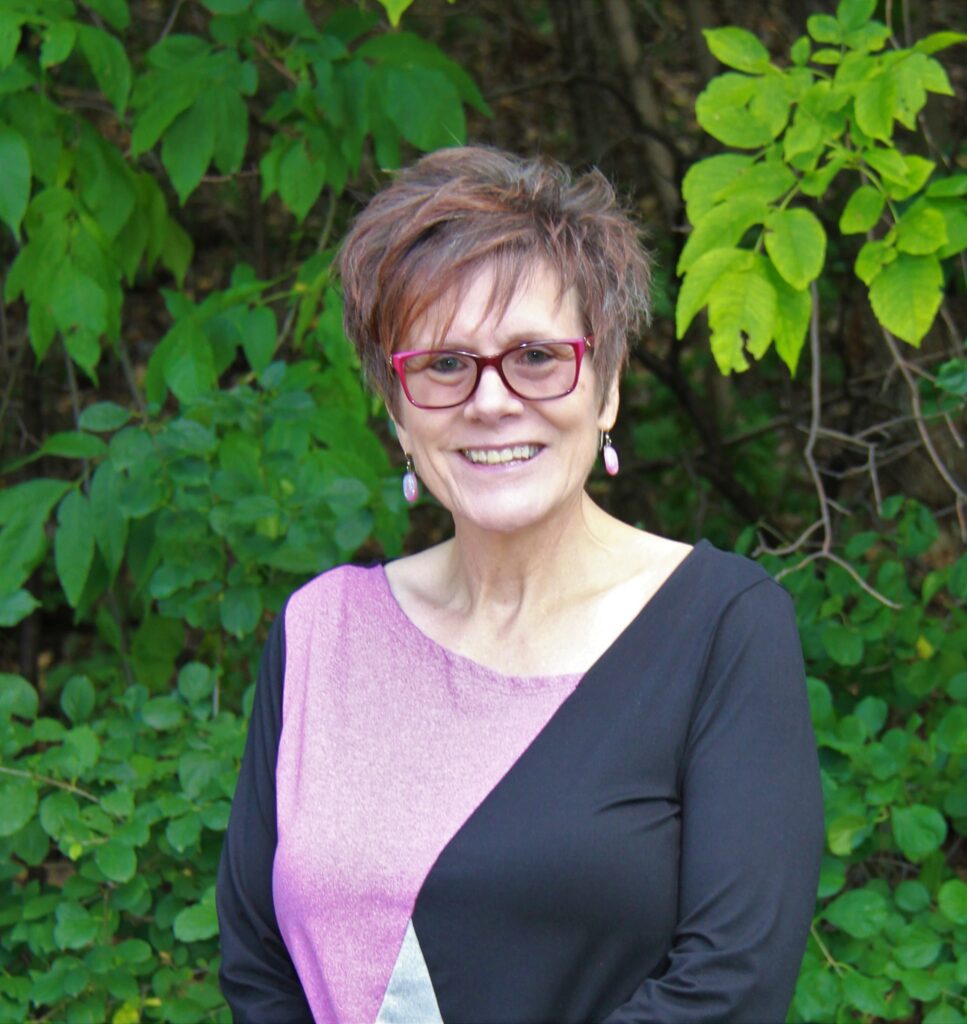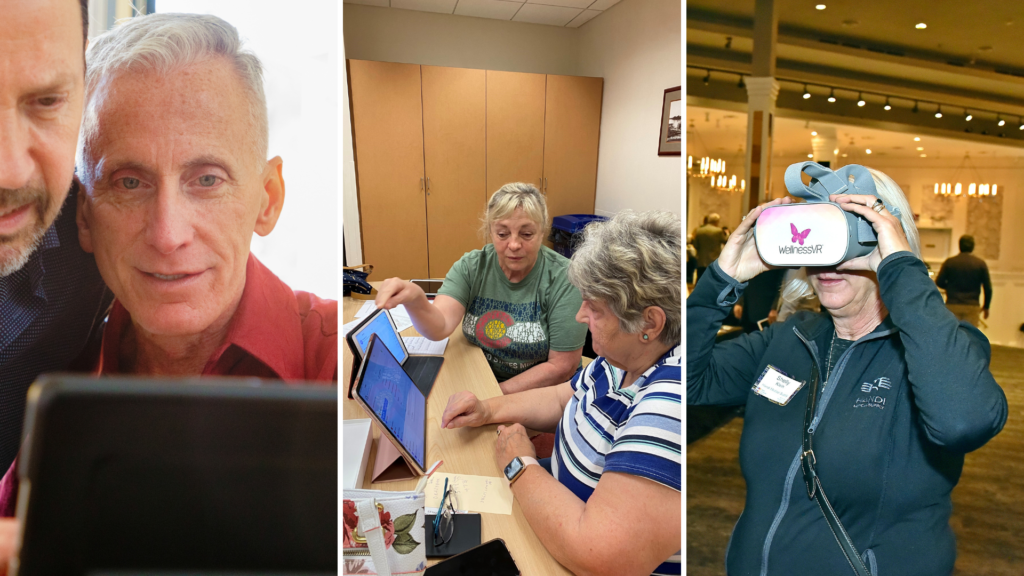By CEO Deb Taylor- Link to article in Sun Sailor Newspaper
Post-COVID, most Americans would say technology is essential, yet more than half of Minnesotans aged 65 and older still do not have broadband internet. Technology is built into nearly everything we use on a daily basis, yet many older adults are unable to take advantage of the benefits technology offers. This isn’t for lack of awareness or interest; many want to connect through digital communication and access online resources and services. They’re willing to learn, but ageism has created barriers to equitable technology resources and education for older adults.
Technological Barriers in an Age-Denying World
Connecting with family and friends, virtual doctor’s visits, online shopping and navigating social services all come with digital literacy expectations. For many aging adults, a “mouse” is a furry little critter, “click” is the sound a camera makes and “scroll” is an ancient document. Training courses for the masses, or lessons from well-meaning millennials and Gen Zers, often neglect the first critical step: teaching digital vocabulary. As with any new language, it takes time to become fluent.
An estimated 63% of U.S. adults 50 and older will be defrauded, harassed, threatened or intimidated online. New technology users haven’t yet learned the most common ways scammers will engage with them to get personal information. Different devices and apps each have their own security options and settings. With every system update, a folder or function may change, or a once familiar app might look different. Providing tips to help identify potential cyber threats and explaining how to adjust security settings for devices and online profiles is critical.
Affordability and accessibility are also barriers for many aging adults. Technology training courses need to be low or no cost for those on a fixed income. Programs must be designed to accommodate hearing, visual and mobility impairments and offer both in-home and community-based options.
Building a Technology Bridge for Older Adults
Senior Community Services’ Technology Partners program helps older adults sign up for affordable internet service. Participants with limited income may also be eligible to receive a donated digital device. Once they have access, ongoing Technology Support & Coaching helps them become familiar with their new technology and learn how to make it work effectively for them.
Fully vetted digital handypersons take their time and build relationships with program participants allowing them to ask as many questions as they need to, whenever they arise. Interest in these programs continues to grow and participants are learning to text and email loved ones, set up grocery and prescription deliveries and stream Netflix shows they can talk to their grandchildren about.
Bridging the Digital Divide Together
The greatest digital divide is not based on income, race or level of education; it’s age. Older adults are often underrepresented and undervalued by our society, but we can fight ageism by admitting our biases and getting involved.
Senior Community Services’ Technology Partners Program assists older adults with signing up for affordable internet service. Participants with limited income may also be eligible to receive a donated digital device. Once they have access to technology, ongoing support and coaching helps them become familiar with and learn how to use these tools effectively. Our digital handypersons’ unhurried approach builds relationships with program participants, allowing them to ask as many questions as they need whenever they arise. Participants are learning to text and email loved ones, set up grocery and prescription deliveries and stream Netflix shows they can talk to their grandchildren about.
Mary, age 82, was referred to Senior Community Services a few years ago by a neighbor after returning home from a hospital stay. She knew she’d need extra help while managing a chronic medical condition and applied for the Household and Outdoor Maintenance (HOME) program for help with minor home repairs and has been a participant ever since.
Mary facilitates a suicide loss support group and wanted to create a Facebook page so members could interact with one another virtually. She learned about Senior Community Services’ Technology Support Program and began attending sessions at her local senior center. While she admits she doesn’t feel very adventurous when it comes to using new technology, Mary now uses her iPad to navigate Facebook and manage the group page.
Aging is Our Only Common Experience
Technology resources and education for aging adults is something we all need to get involved with and passionately advocate for so we can bridge the digital divide together. Volunteer to provide one-on-one support and coaching at a senior center. Donate to help fund the purchase of devices for low-income participants. Share this article and, if you’re a professional working with older adults, connect them with these services. Together, we can create technological equality for all.

About the Author:
Deb Taylor is the CEO of Senior Community Services, a local nonprofit with a mission to innovate and deliver services that meet the changing needs of older adults and their caregivers in our community, keeping them healthy, connected, and thriving.




